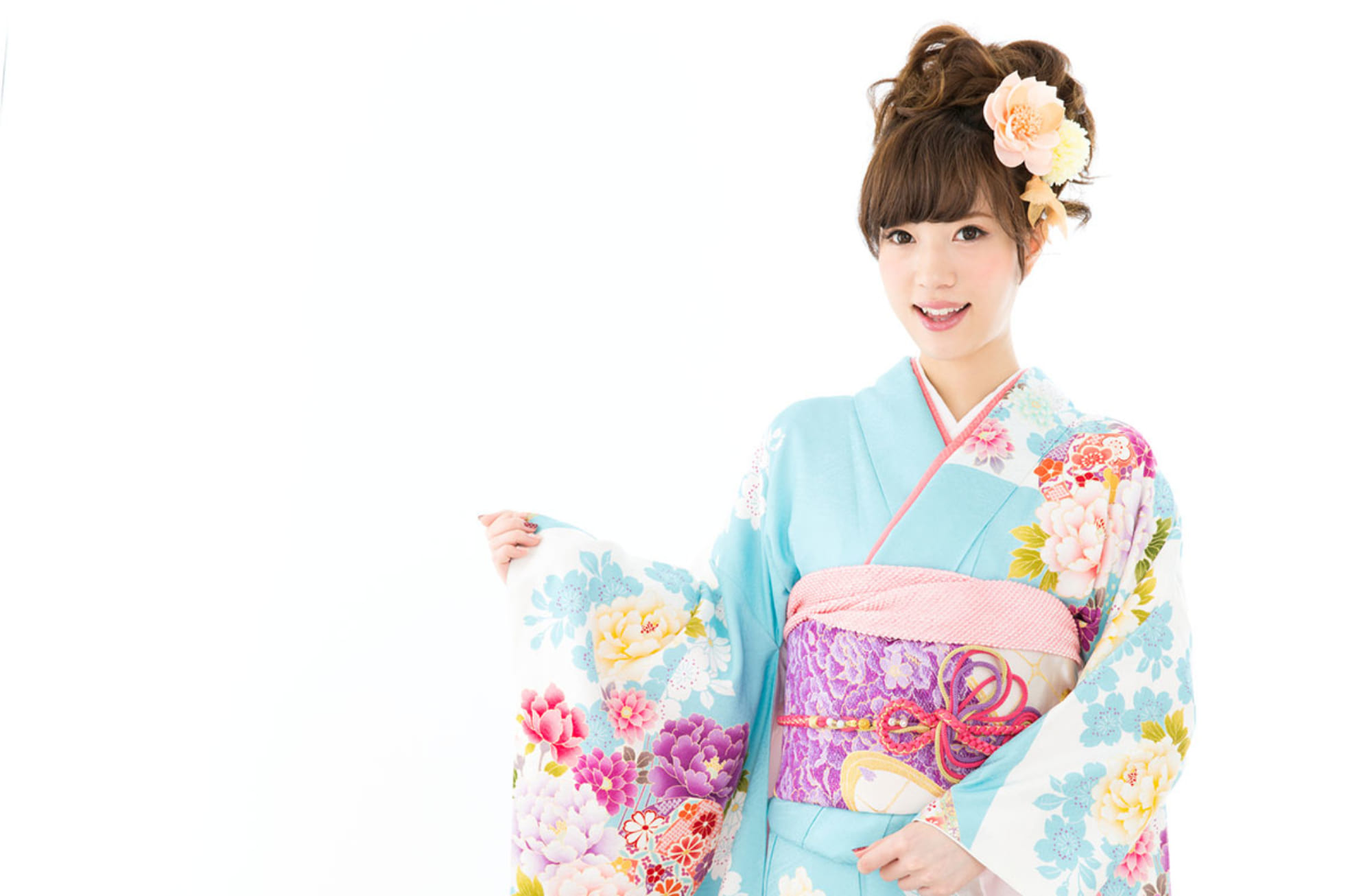Komon
A dyeing process in which Japanese paper stencils and glue are used to create small patterns. During the Edo period, they were used by the men in samurai families, but they later became popular with common townswomen because of the delicate patterns.
“Komon ( 小紋 )” の続きを読む

